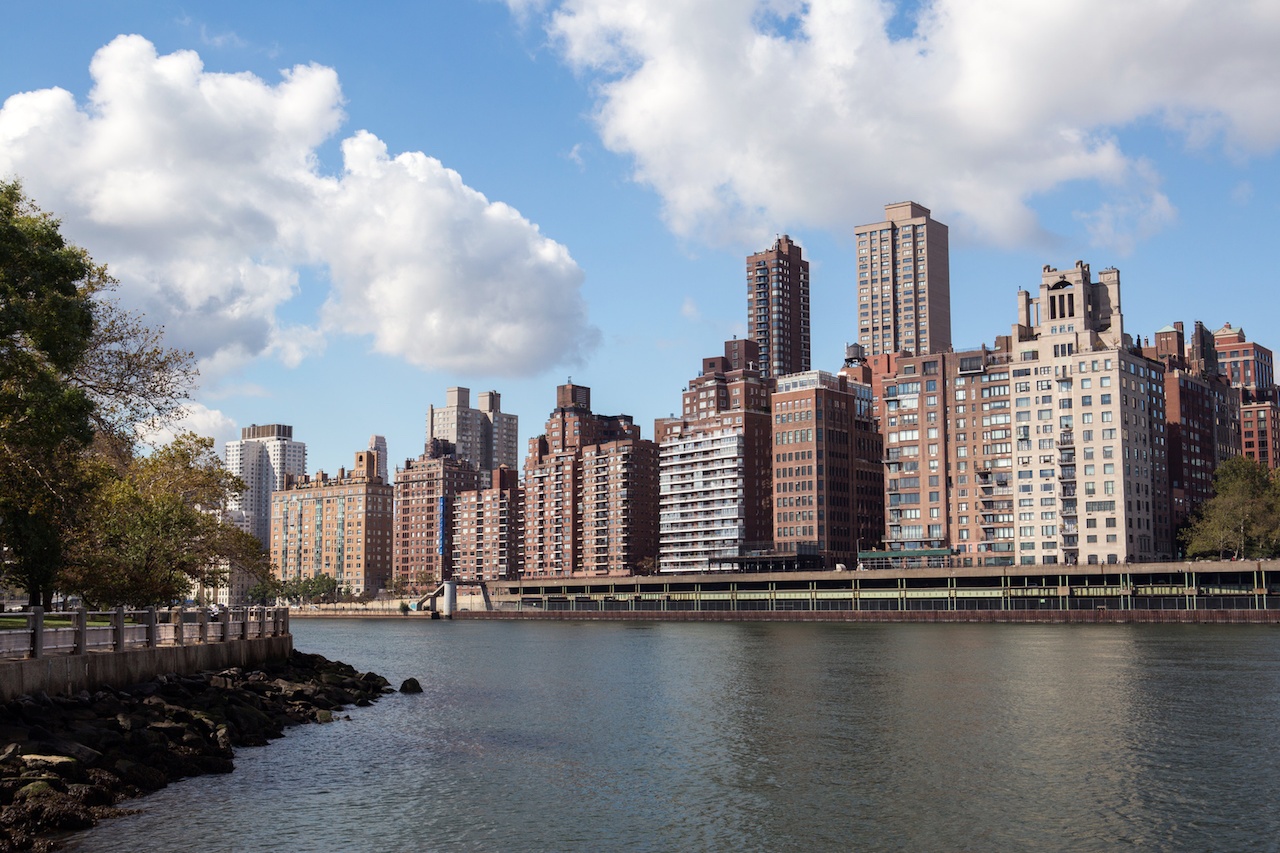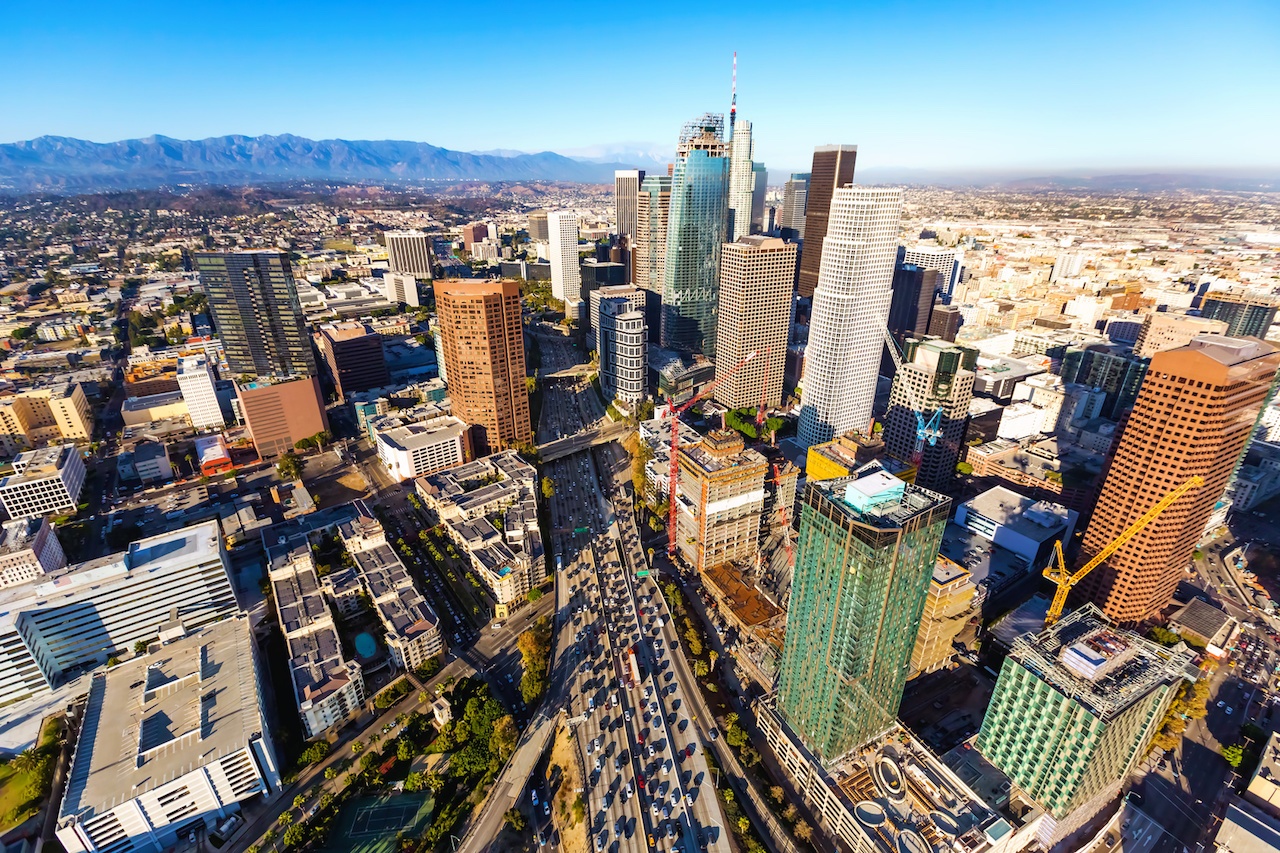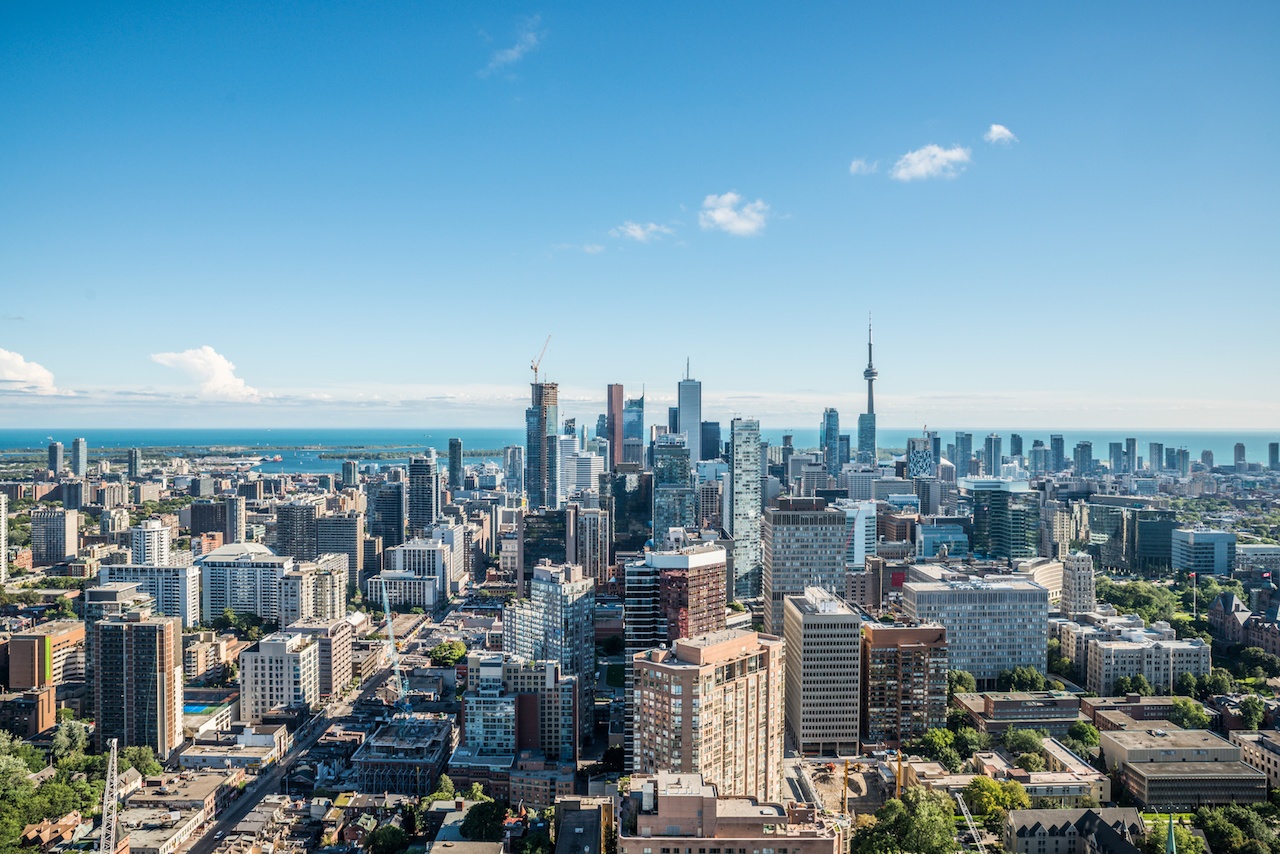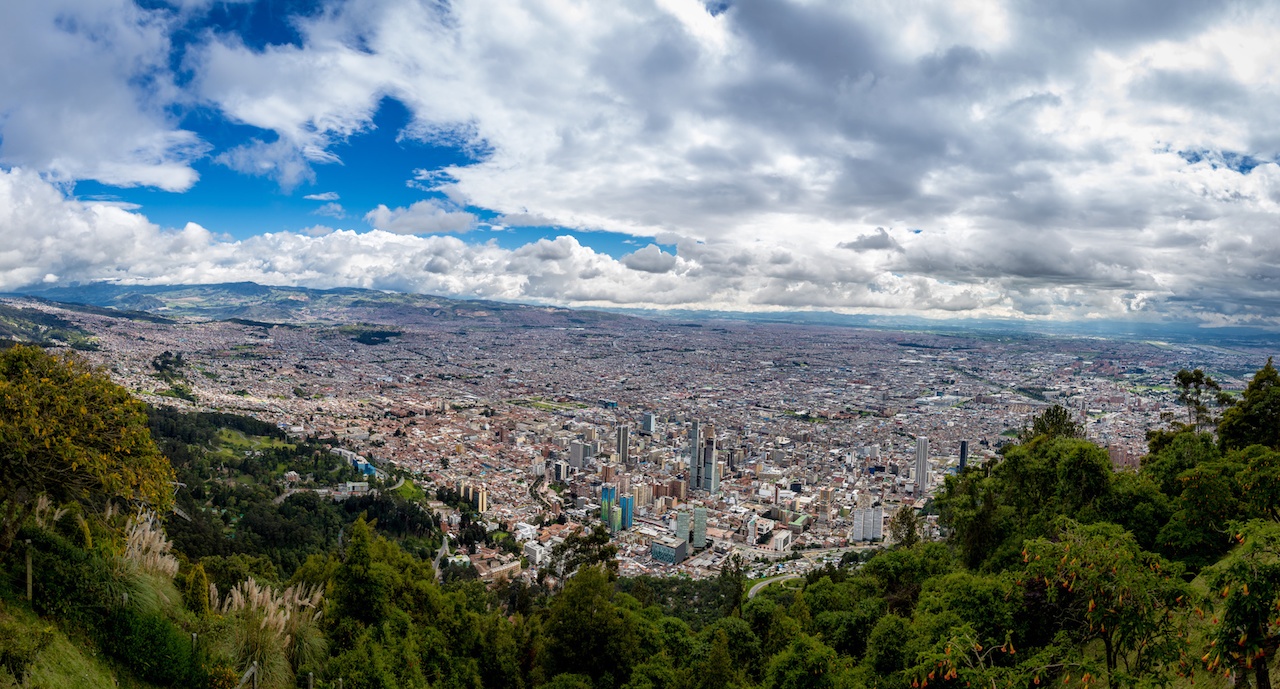Smart Cities
Towards a New Digital Deal
Communities around the world are accelerating their response to the current wave of digital innovations and they have good reason to. Digitalization can be considered a critical ingredient in the recipe of our sustainable communities of today and tomorrow – in the broadest sense of the word – economically, socially and environmentally. Digitalization carries the means and the organizational paradigm to not just do things slightly more efficiently, but differently and better. The design shift it affords can help us collectively tackle some of the greatest challenges humanity has ever faced, such as climate change, the need for sustainable and affordable energy, fair and sufficient levels of water and food distribution, and education and healthcare for all in a world where the population continues to grow. And of course, it should help us arrive at solutions and services that will allow burgeoning cities to thrive.
Green Buildings in Sustainable Communities: Everybody Wins
Green buildings support the goals of sustainable communities and vice versa. When office, apartment and retail properties are built and managed sustainably, the surrounding neighborhood benefits. Likewise, a community that enables a sustainable, live-work-play lifestyle enhances the long-term relevancy of green buildings within its borders.
These communities often promote job growth by creating environments for start-ups to thrive. In addition, companies in many business sectors are locating offices in sustainable urban neighborhoods in order to attract the college-educated millennials who live there. As they grow, companies lease office space in buildings they believe will help them attract talented employees—and sustainability is an important part of that appeal.
Urban Planning to Mitigate Urban Heat Island Effect
In 2014, the United Nations Department of Economic and Social Affairs announced that the majority of humans were residing in urban environments for the first time in recorded history. As the world’s population centers become more densely urbanized, average temperatures in these areas are on the rise. The Urban Heat Island (UHI) effect can be felt on any typical hot and sunny day in cities like Los Angeles or Washington, D.C. In the middle of the city, concrete highways and structures absorb UV rays from the sun and radiate heat into the surrounding area. If you were to venture outside of these cities to less densely populated rural areas, you may find temperatures up to 27℉ lower.
This vast increase in temperature isn’t only an issue while the sun is out. Nighttime temperatures in urban areas have been found to be as much as 22℉ higher than air temperatures in neighboring, less developed areas. The UHI effect is exacerbated by removing green spaces, which leads to an increase in greenhouse gas emissions and air pollution levels. Removing green spaces puts a strain on other critical urban infrastructure such as the energy grid, water quality and public health systems. Redeveloping underutilized land, such as vacant lots or former industrial and commercial sites, presents excellent opportunities to rethink UHI mitigating factors such as the urban tree canopy, green roofs, and other issues related to site design and building materials. Land recycling presents an opportunity to design from the ground up in anticipation of the our changing climate and the demands it will place on all of us.
Inclusion of Underserved Communities in the Mobility Innovation Economy
The recent explosion of technology integration with the transportation industry has rapidly disrupted traditional transportation legacy planning methodologies. The number of options and the traveler information available to the everyday citizen has created a new dynamic in which anyone can call a car or request product delivery at the touch of a button. Cities across the nation are developing new smart city initiatives to integrate open data with new transportation systems so that people can move more freely in their communities. New public transportation systems are being thought of as critical foundational systems to the smart city initiatives that will get people out of their cars and into reduced carbon footprint transportation systems. Soon, artificial intelligence will be operating the nation’s transportation systems at maximum efficiency, and with reduced operating costs compared to the use of human capital.
However, as technological innovation continues to progress at light speed, the country’s underserved communities are continually left behind. With the United States projected to be a majority minority country by the year 2044, governmental policy and resources must be adjusted to meet the demands of our rapidly changing demographics.
Transportation Communications: No One Told Me It Would Be This Hard
As the leader of a transportation agency, there is no shortage of people ready to tell me how technology is going to revolutionize the way we do business. Autonomous vehicles, on-demand sensors, drone-based package delivery, solar-powered roads, road-straddling super-buses (that one turned out to a bust); it’s a veritable cornucopia of real and not-so-real revolutions. And within that world of technophiles, there’s a subset waiting to tell me (and you) about how wireless communications will underlie and enable all of those revolutions to our transportation systems. As with so many things in life, they’re totally right, and yet it’s so much more complicated.
Shared Mobility is the Precursor to Autonomous Vehicle Networks
The current hype about autonomous vehicle is accompanied by a surge of interest from shared mobility operators. Ridesharing providers such as Uber, Lyft and Didi are investing heavily into AV technology. Earlier this year, Uber announced its partnership with Daimler to bring self-driving technology to the market. Didi has opened up an artificial intelligence lab in Mountain View, the backyard of many autonomous vehicle competitors. Lyft’s collaboration with GM is well known and this month they announced an investment from Jaguar Landrover to bring autonomous connected vehicles on the road.
The buzz clearly indicates that the autonomous revolution is imminent. The engineering communities are excited about solving some of the technological challenges, which will ensure data sharing and interoperatability. Governments and cities are trying to grasp the implications of AVs on the road and provide the right regulatory frameworks. Amidst all of this excitement, we shouldn’t forget the impacts this revolution will have on people and that we will have to solve some real operational challenges.
Combining Technologies to Bring Connectivity to the Community
Rhyzome Networks has undertaken a project to upgrade the equipment used for wireless access in order to create stronger connections between the root access points and the repeaters. Our new network does not rely on the original projects wireless mesh and fibre combination, and instead uses wireless point-to-point and fibre for the backhaul of information and the aging 7181 access points will be swapped out in favor of Aruba units.
Our journey into telecommunications began in 2009 as an initiative to provide a backhaul for Festival Hydro’s smart metering system. That project led us down a path to offering wireless and fibre optic connections. It became clear early on in the project that the infrastructure we were putting in place provided us with the opportunity to create a robust backbone that would support the offering of affordable internet and other connectivity options in a community that was, at the time, largely overlooked by the big players in the Canadian telecommunications space.
Indianapolis Revitalizing Neighborhoods Through Arts & Culture
As historian Mark I. Gelfand has noted: “No federal venture spent more funds in urban areas and returned fewer dividends to central cities than the national highway program.” A micro example of the devastating effect of the highway system developed through the core of Indianapolis is Cruft Street, with a dead end abutting I-65 near the I-65/I-70 split (completed in 1976) in the Garfield Park area of Indianapolis. Forty-two percent of houses in the area have incomes below $25,000, and 13.5 percent live on less than $10,000 a year. The low income demographic of the area results in 22 percent of adults over age 25 having no high school diploma and 81 percent with no college degree.
An examination of the Cruft Street neighborhood has spurred many nonprofit organizations in Indianapolis to question how the public sector can support the role of arts and culture in revitalizing the Cruft Street neighborhood.
How to Build More Connected and Inclusive Cities
When thinking about the cities of the future, I know that they will be more connected, and I strongly believe that they must be more inclusive. We can’t have the Internet of Everything without the Inclusion of Everyone. Already today, a growing number of cities are using smart technologies to better connect people to places and to each other – and more importantly also connecting people to opportunities for better and safer lives.
Unfortunately, what still causes a significant amount of friction in our cities and prevents inclusive growth is the dominance of cash. In fact, close to 85 percent of all consumer payments in the world are still done with cash or checks. This means that far too many people are trapped by default in an informal economy. They lack the financial services to guard themselves against risk, save for themselves, plan for their children’s futures, and build better lives.
Creating Community Resilience in Every City
In recent months, people have taken to the streets of Washington, D.C. for marches urging the Trump administration and Congress to act on climate change.
For now, it seems that local governments in the United States will stand alone on the issue, paddling upstream against a federal government and a majority of state governments who reject the science and actively undermine city initiatives. Of course, building climate resiliency is more than an environmental issue for local government. Climate resilience in the 21st century will be a fierce competition between cities around the world to attract talent, reduce business disruption, provide reliable services and protect citizens.
The Shoreline of the Future: Permanently Temporary
Hundreds of millions of years ago sea level was 600 feet higher than it is today, and at the peak of the last ice age, around 20,000 years ago, sea level was almost 400 feet lower than now. “So,” climate change skeptics say, “sea level goes up. Sea level goes down. It’s a natural cycle so if sea level rises again, we’ve dealt with before so we can deal with it again.”
The skeptics are wrong on both counts. The sea level rise we’re experiencing now is not “natural,” and “we” (civilized humans) have never dealt with rising sea level.
Protecting Our Cities from Cyber Attacks
This week, we’re featuring a three part article series from Meeting of the Minds co-founder, Gordon Feller, on cities and cybersecurity. This is the final article in the series.
As a city’s digital infrastructure improves, the distribution of digital skills and the culture of the digital economy will also improve — making it more likely that as each gets better, the city’s goals can be achieved more effectively. Cities can attract and retain higher quality workers if and when cities draw more businesses, new investments, and improved social and cultural amenities. Through joint planning between varied stakeholders (including the city government, businesses, and artists), all involved can thrive off each other and do so at a lower cost, thanks to shared resources in the cloud, accessible via mobile networks, etc.
City leaders increasingly understand that there must be a sustained investment in the digital economy’s hard infrastructure and soft infrastructure. This means investing in both traditional assets (e.g., transport, housing) as well as new assets for digital success (e.g., broadband, sensors, big data and analytics). It means nurturing skills and capabilities in design, creativity and innovation that represent an increasingly important part of the new “capital stock” from which cities square the circle of sustainable growth and social inclusion.












